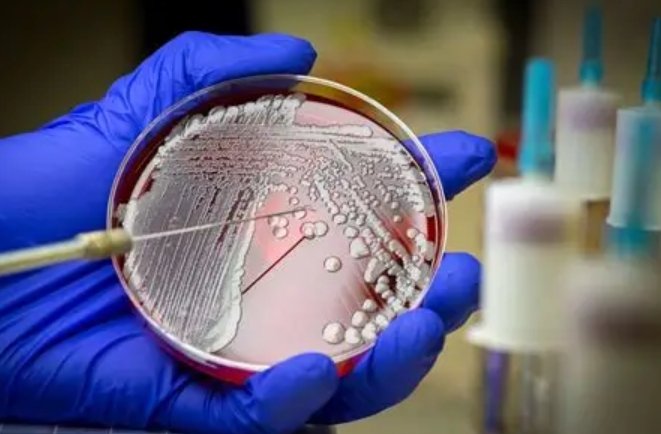
Researchers found that disrupted micronuclei can be an objective biomarker for the genetic instability common to many solid tumors
Singapore: Scientists studying cancer development have known about micronuclei for some time. These erratic, small extra nuclei, which contain fragments, or whole chromosomes that were not incorporated into daughter cells after cell division, are associated with specific forms of cancer and are predictive of poorer prognosis.
According to a new study published in Cell, a team of scientists at US-based Salk Institute for Biological Studies have found that disrupted micronuclei, which can trigger massive DNA damage on chromosomes, might play an even more active role in carcinogenesis than previously thought. They also found that disrupted micronuclei can be an objective biomarker for the genetic instability common to many solid tumors, including non-small cell lung cancer (NSCLC).
"Our study shows that more than 60 percent of micronuclei undergo catastrophic dysfunction in solid tumors such as NSCLC," said Mr Martin Hetzer, a professor in Salk's Molecular and Cell Biology Laboratory and holder of the Jesse and Caryl Phillips Foundation Chair. "We identified disrupted micronuclei in two major subtypes of human non-small cell lung cancer, which suggests that they could be a valuable tool for cancer diagnosis," he added.
As a result of a glitch in cell division, whole chromosomes can sometimes end up outside the nucleus. During normal division, a cell duplicates its chromosomes and sends them to two newly formed daughter cells. One set of chromosomes goes to each daughter cell, but, for a variety of reasons, the chromosomes sometimes are not divided evenly, with one cell receiving an extra set and the other cell coming up short. These lagging chromosomes, which acquire their own nuclear membrane and are called micronuclei, often don't make it to the nucleus, ending up elsewhere within the cell and becoming wrapped in their own nuclear envelope. Micronuclei appear at a higher frequency in cancer cells.




